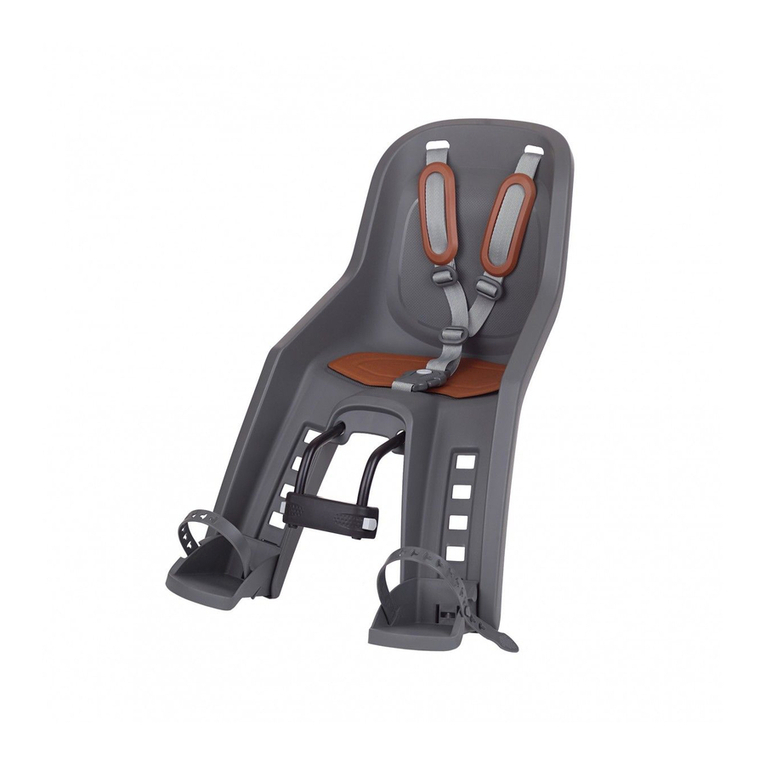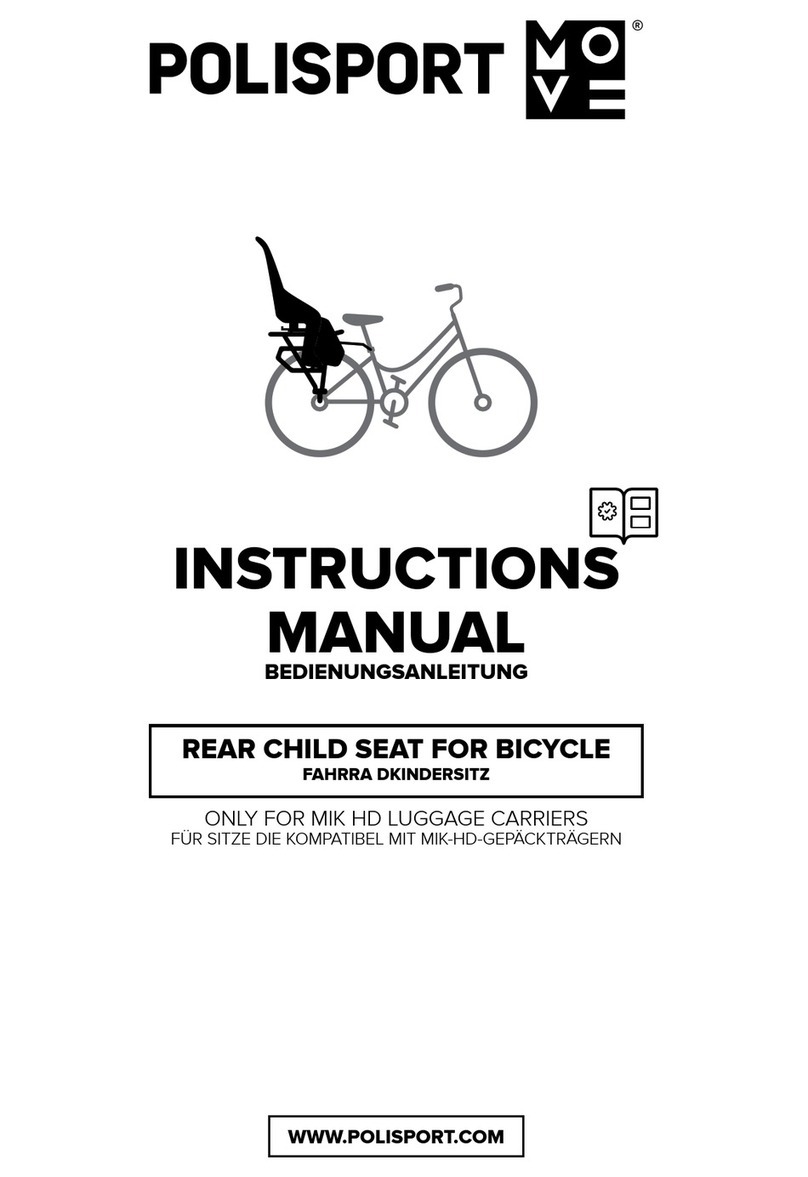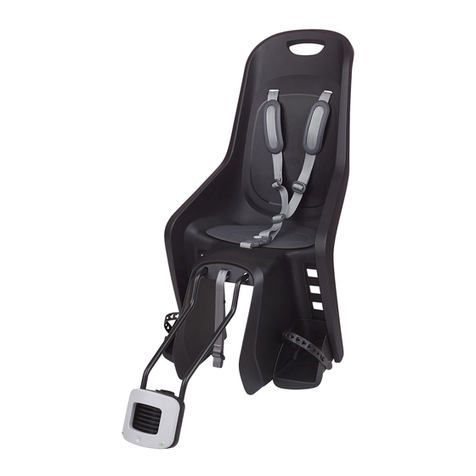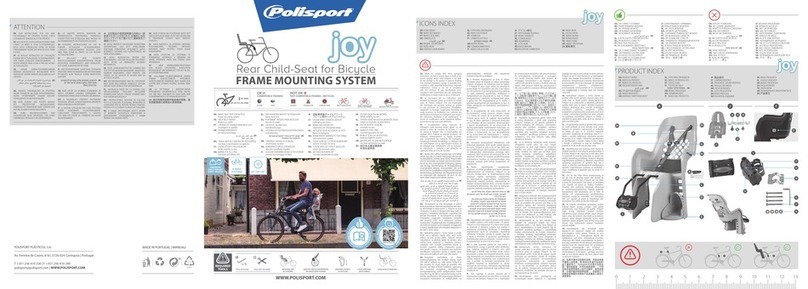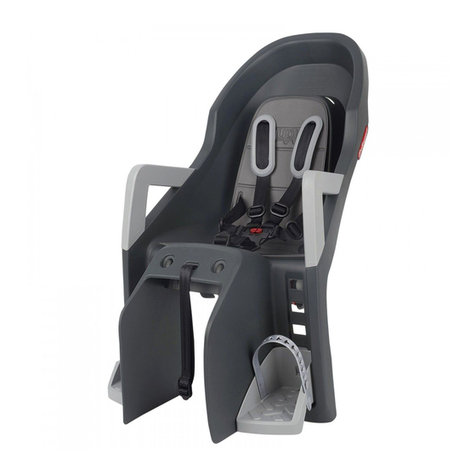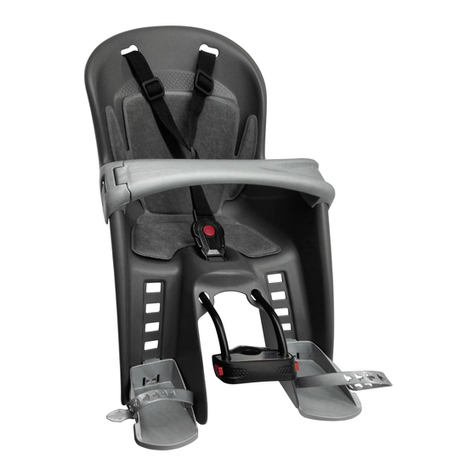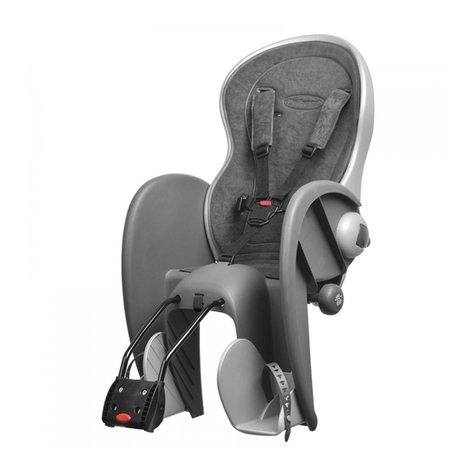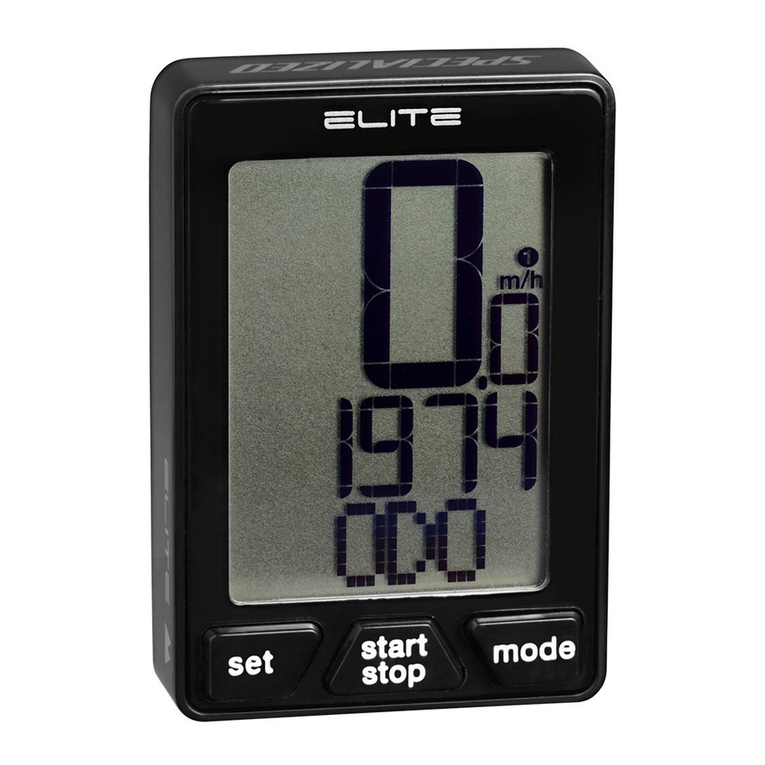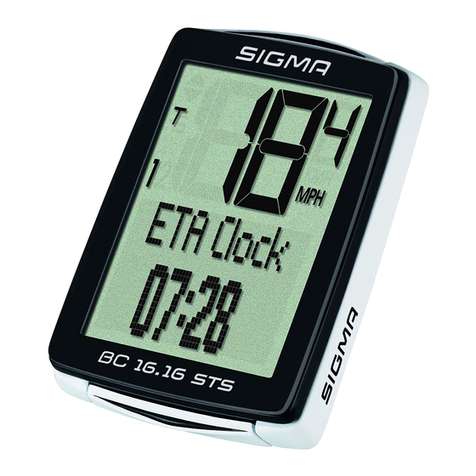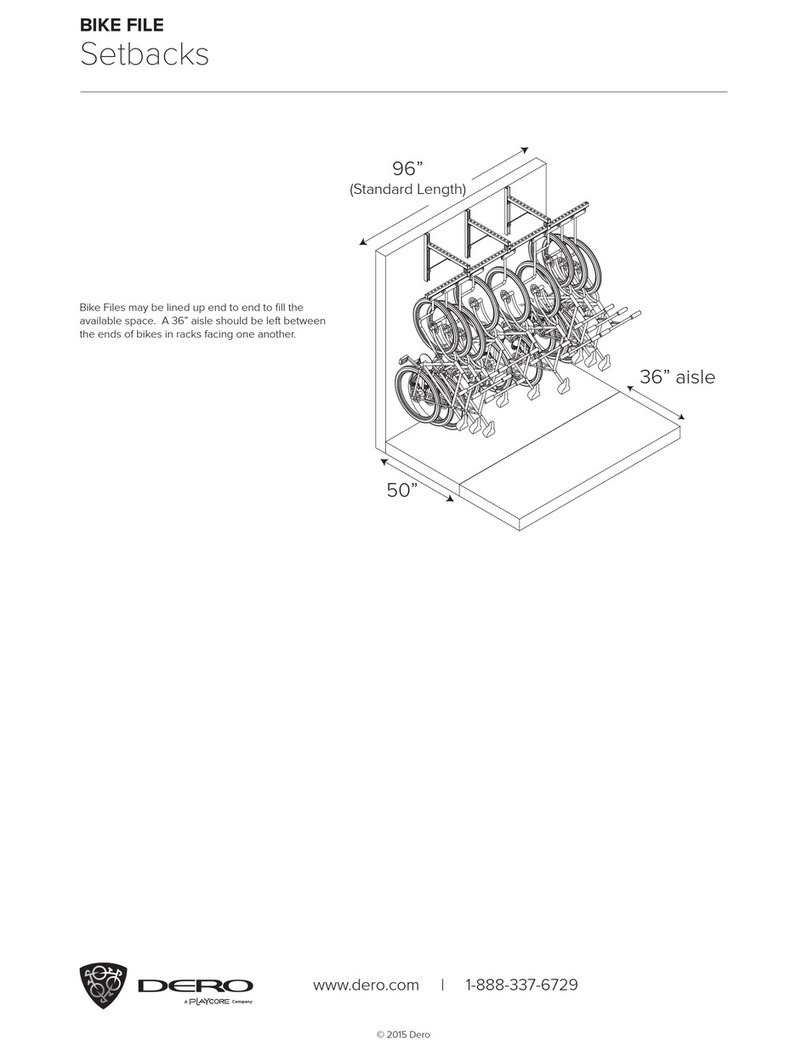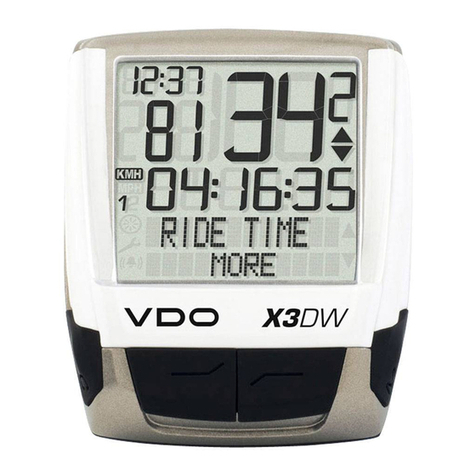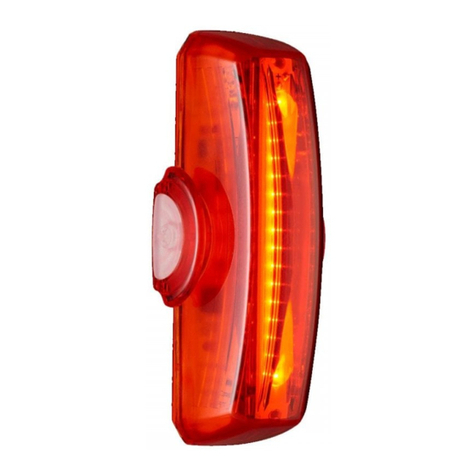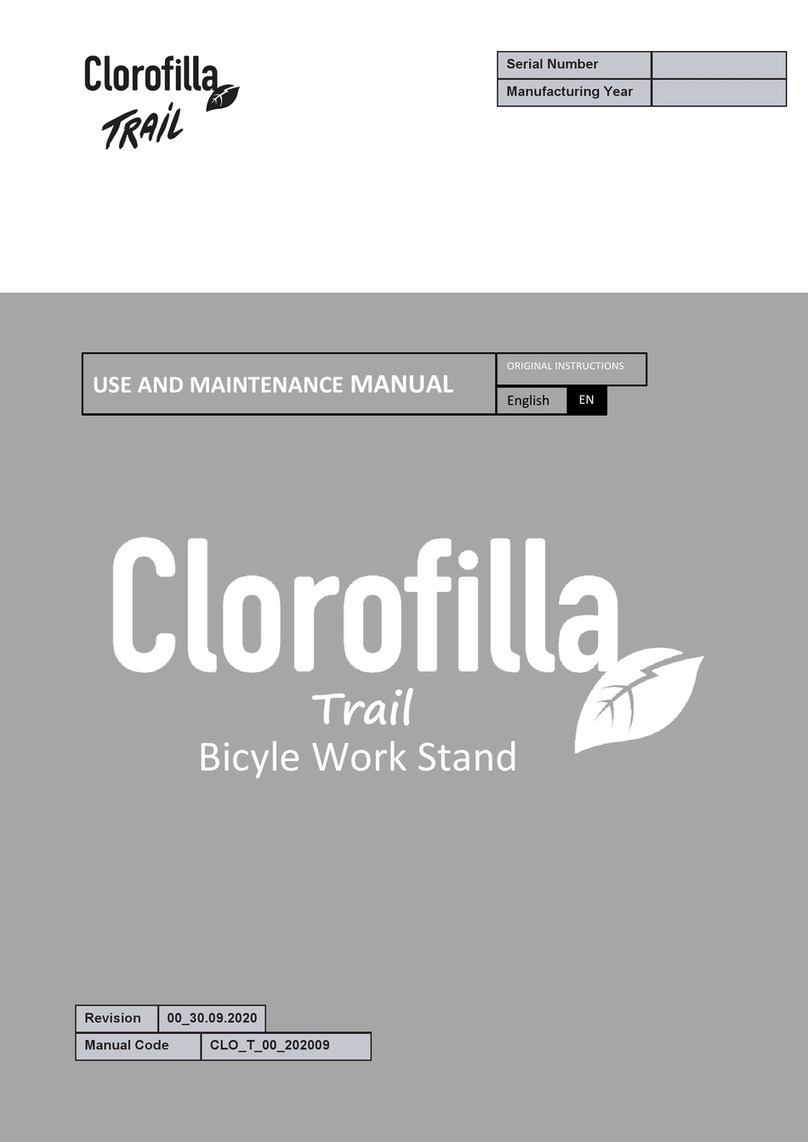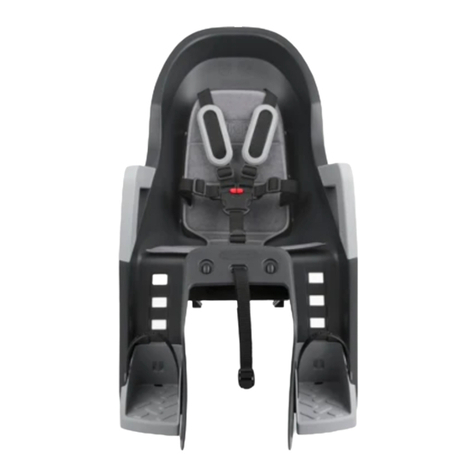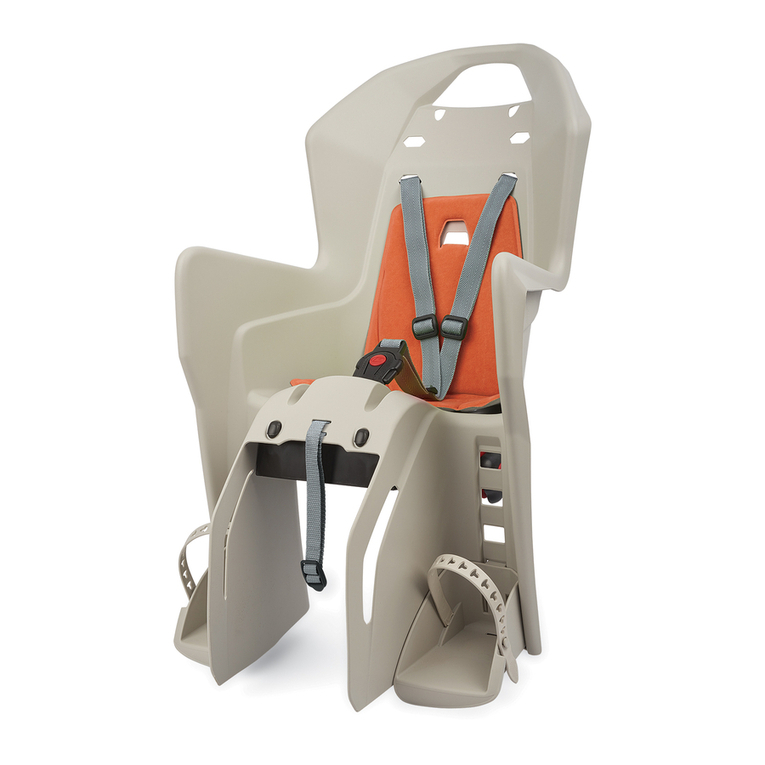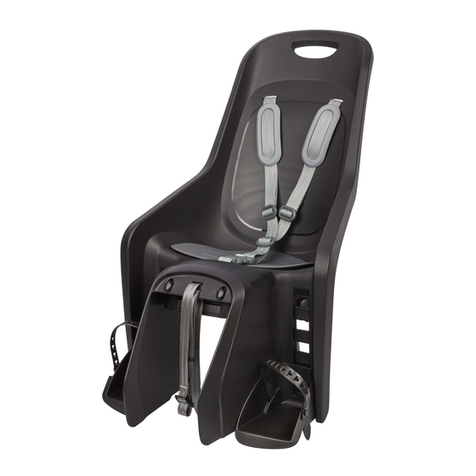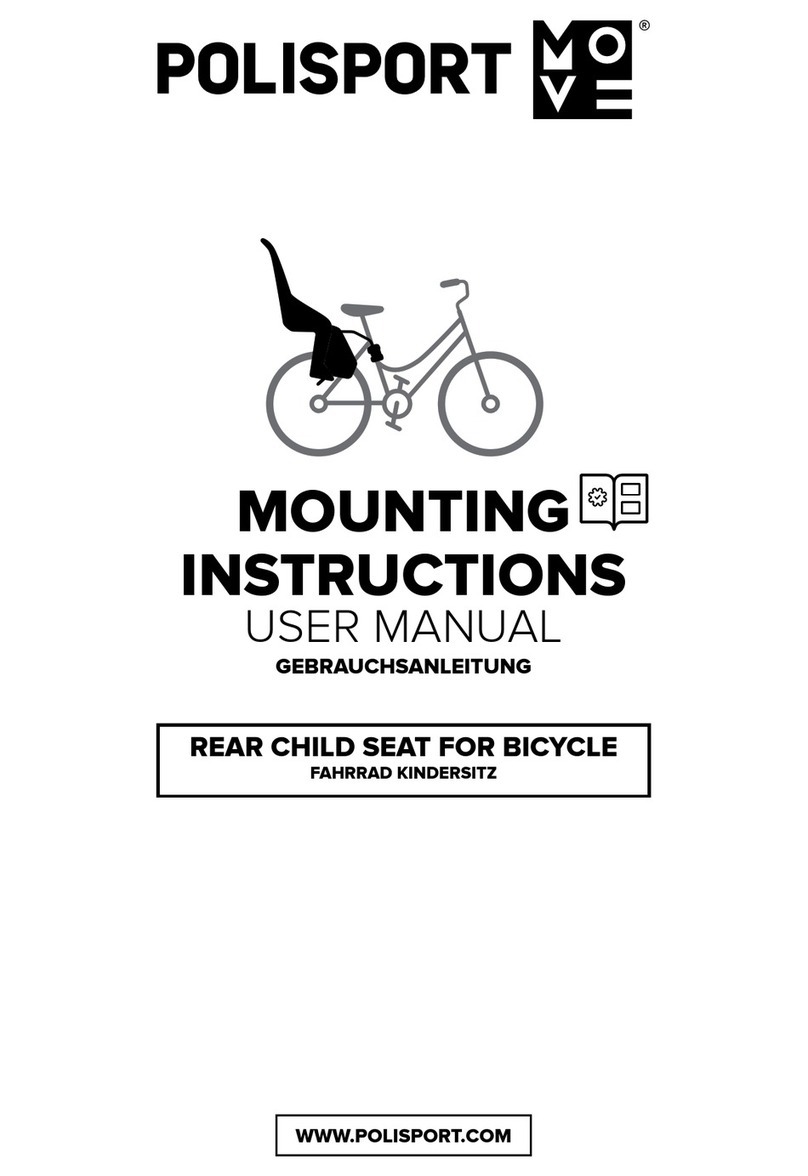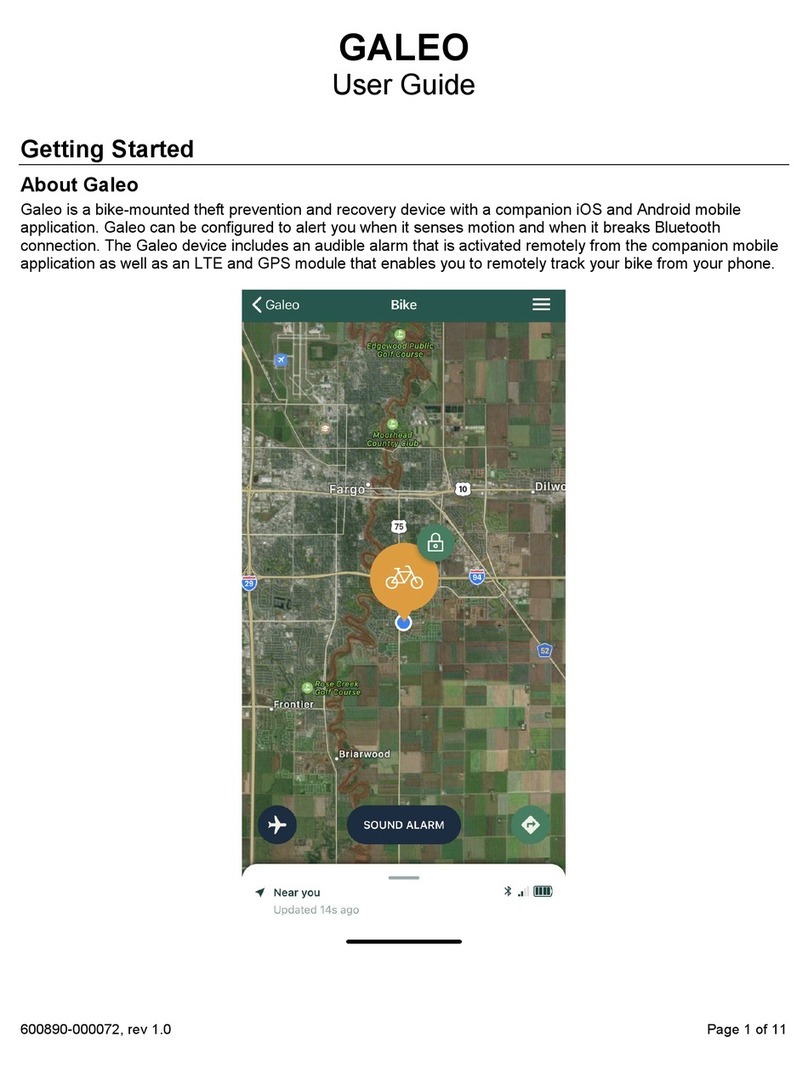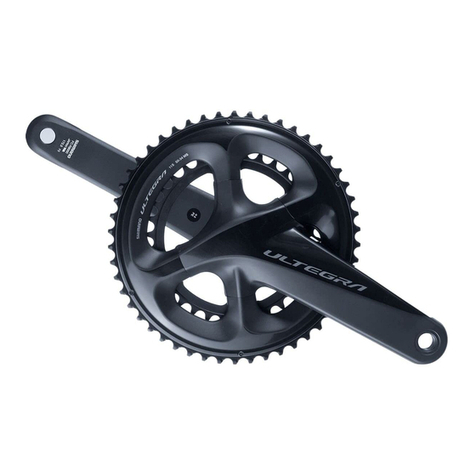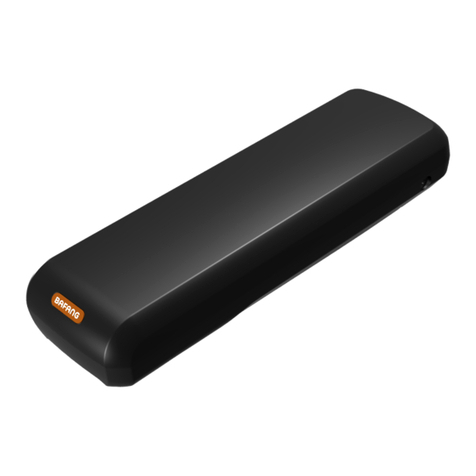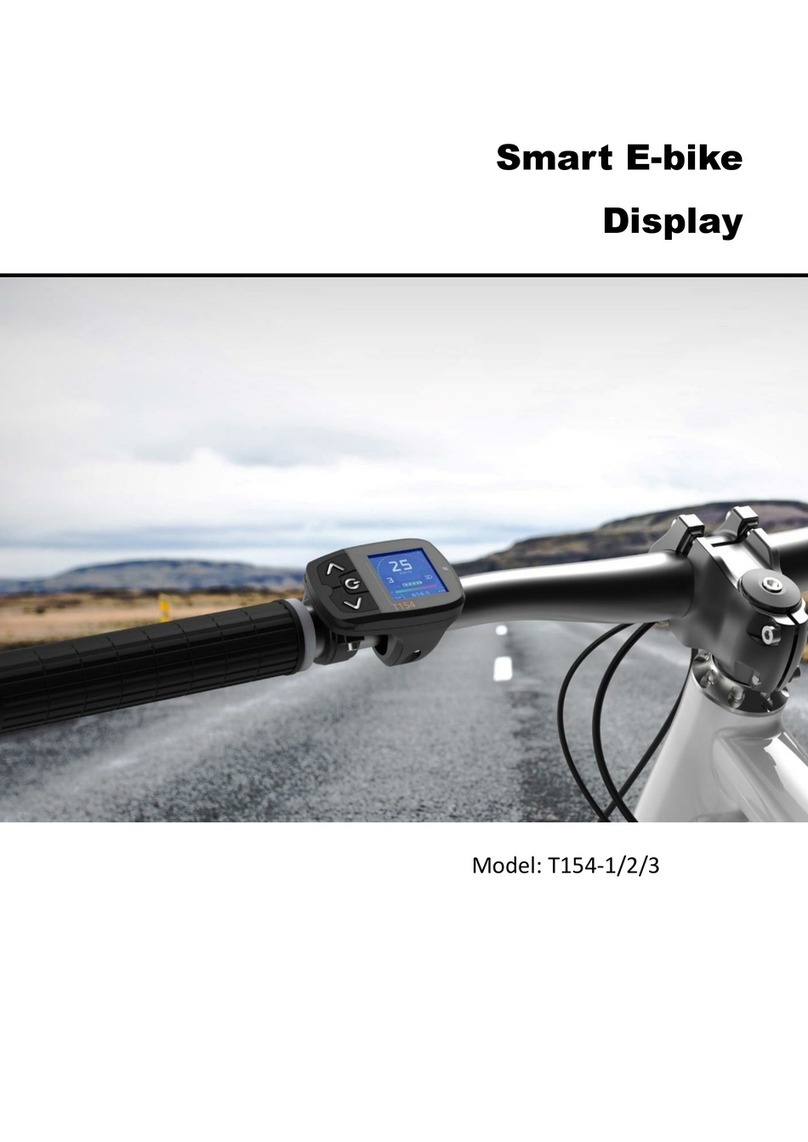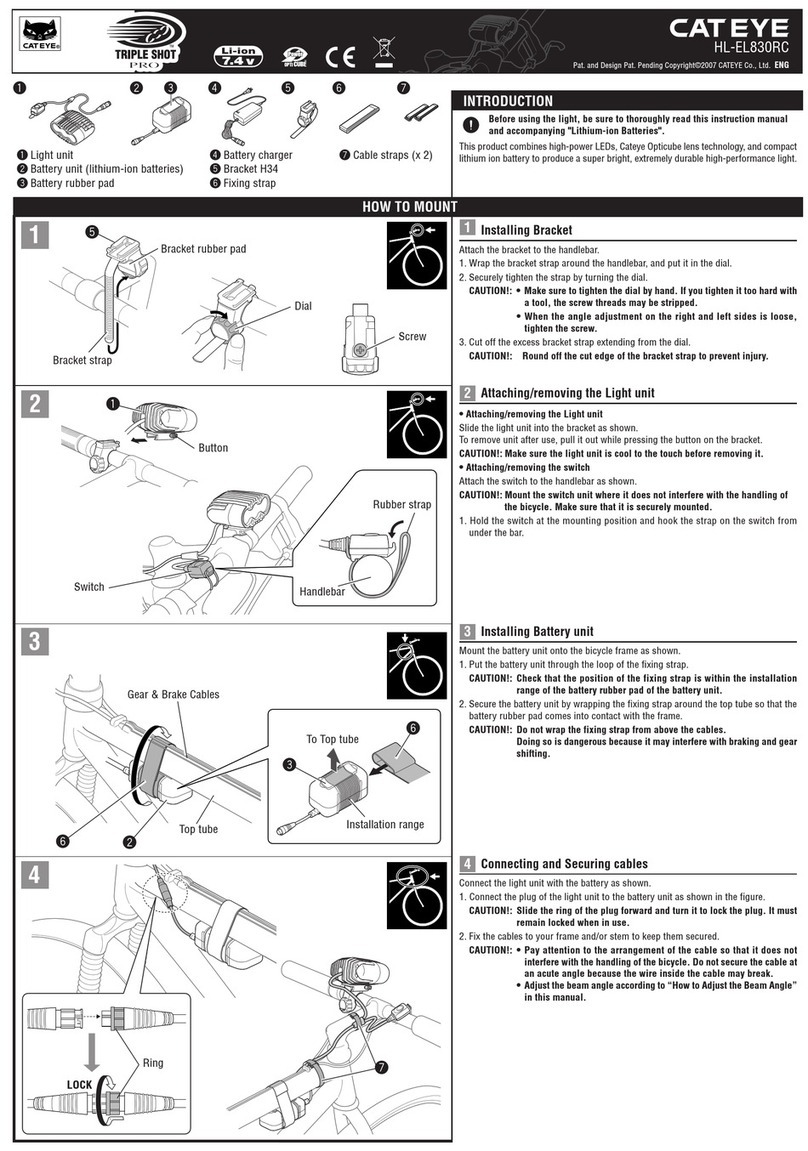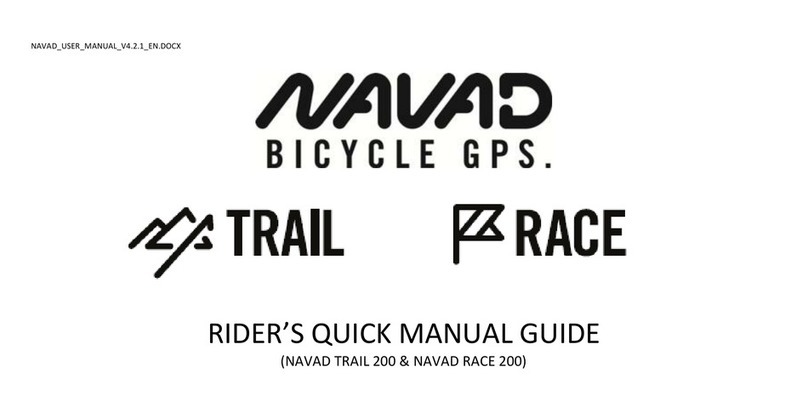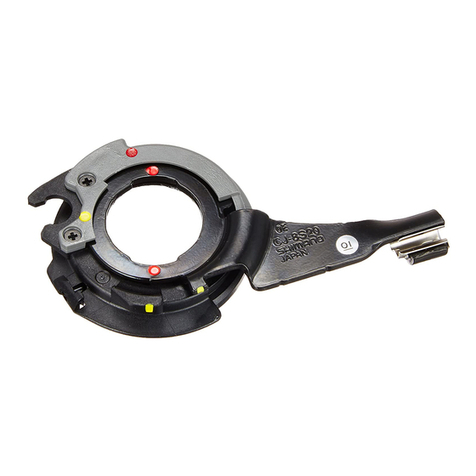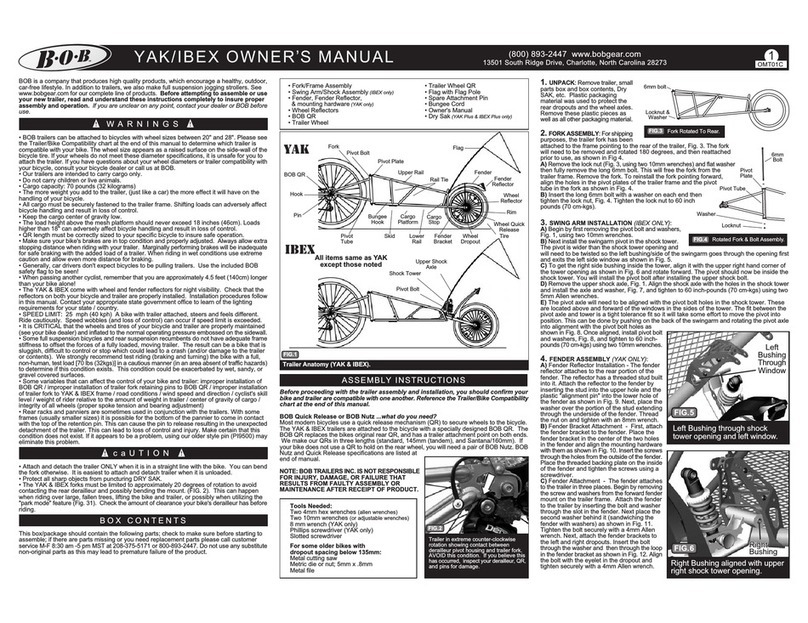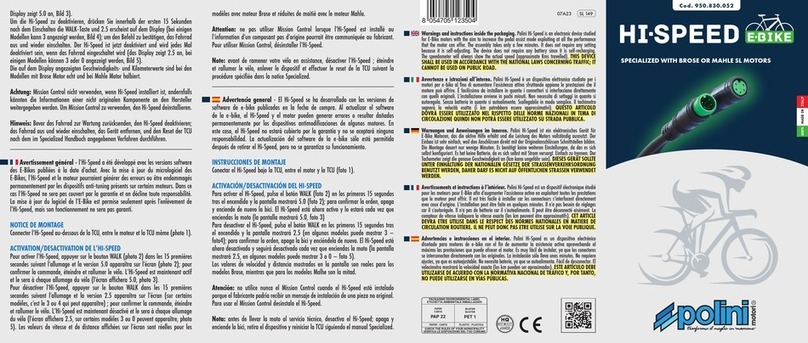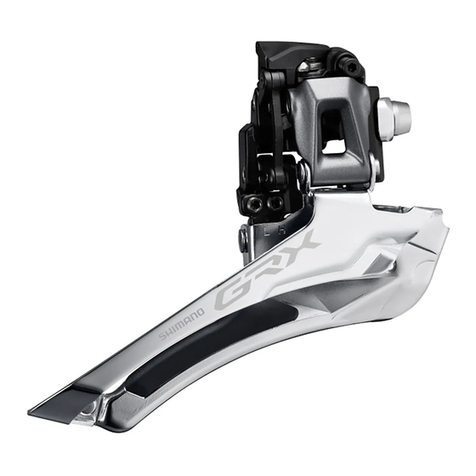
1010#polisportmove#polisportmove
ÍNDICE DO PRODUTO
A. ASSENTO PRINCIPAL
B. SISTEMA DE RETENÇÃO
B1. FIVELA DE SEGURANÇA
B2. FITAS DE AJUSTE VERTICAL
B3. FITAS DE AJUSTE CENTRAL
B4. OMBREIRAS
C. ESTOFO
D. POUSA-PÉS
E. ABRAÇADEIRA DO POUSA-PÉS
F.
CONJUNTO DE FIXAÇÃO DOVARÃO DE SUPORTE
F1.
PLACA DE FIXAÇÃO DO VARÃO DE SUPORTE
F2. PARAFUSO M8x16
F3. ANILHA DE PRESSÃO M8
F4. FÊMEA SEXTAVADA M8
F5. ANILHA DE PRESSÃO M8
G. VARÃO METÁLICO DE SUPORTE
H. BLOCO DE FIXAÇÃO AO QUADRO
H1. PARTE FRONTAL DO BLOCO DE FIXAÇÃO
H2. PLACA DE FIXAÇÃO DO BLOCO
H3. BOTÃO DE DESBLOQUEIO
H4. ADAPTADOR A – Ø22 a Ø30 mm
H5. ADAPTADOR B – Ø30 a Ø40 mm
H6. PARAFUSOS DE FIXAÇÃO M10x45
H7. FURO DO PARAFUSO DE BLOQUEIO
H8. PARAFUSO ANTI-ROUBO
I. BARRA DE SEGURANÇA (APENAS PARA BILBY
JUNIOR +)
I1+I2.
CONECTOR DA BARRA DE SEGURANÇA
J. CHAVE DE UMBRACO
J1. CHAVE DE UMBRACO Nº 6
J2. CHAVE DE UMBRACO Nº 8
K. INFORMAÇÃO DE RASTREIO
INSTRUÇÕES DE MONTAGEM ESPECÍFICAS
• A cadeira de bicicleta para crianças não pode ser montada em bicicletas
dobráveis.
• A cadeira de bicicleta para crianças não pode ser utilizada em Speed
Pedalecs que atinjam velocidades acima de 25km/h ou 15,5mph.
• Esta cadeira não pode ser montada em bicicletas com amortecedores traseiros.
• Esta cadeira não deve ser aplicado em veículos motorizados tais como
motociclos, scooters.
• Esta cadeira de bicicleta para crianças é apenas adequada para transportar
crianças com um peso máximo de 15kg e uma altura máxima de 93cm (e
crianças com idades recomendadas entre os 9 meses e os 3 anos, com um
peso e altura dentro dos limites relevantes).
• Esta cadeira não pode ser montada em bicicletas com tubos de quadro
triangulares, quadrados e de fibra de carbono.
• Esta cadeira tem de ser montada no tubo frontal de direção do quadro e
em bicicletas cujos esses tubos sejam redondos com diâmetros entre Ø22
e 40mm.
• A cadeira tem de ser montada em bicicletas com diâmetros de rodas entre
26”, 27,5”, 28”e 29”.
• A cadeira de bicicleta para crianças pode ser utilizada em EPAC / Pedelecs
que atinjam uma velocidade máxima de 25km/h ou 15,5mph.
• O peso do condutor e da criança transportada nunca deve superar a carga
máxima admitida para a sua bicicleta. Verifique o manual de instruções ou
consulte o fabricante para verificar se a sua bicicleta suporta este peso adicional.
• A cadeira só pode ser aplicada em bicicletas que permitam a aplicação de
tais cargas adicionais. Consulte o manual de instruções da sua bicicleta.
• A posição da cadeira deverá ser regulada de maneira a que o condutor não
toque com os joelhos na cadeira quando em andamento.
• É muito importante ajustar corretamente o assento e as peças para o
máximo conforto e a segurança da criança. É, também, importante que o
assento não incline para a frente, para que a criança não deslize para fora. É
importante que o encosto incline ligeiramente para trás.
• Verifique se todas as partes da bicicleta funcionam convenientemente com
a cadeira montada.
• Caso tenha dúvidas quanto à possibilidade de instalação da cadeira na
sua bicicleta, recomendamos que obtenha mais informações junto do
distribuidor da bicicleta.
COMO MONTAR A CADEIRA DE BICICLETA
COMO MONTAR O BLOCO DE FIXAÇÃO NA BICICLETA
1. Corte as fitas plásticas que seguram o bloco de fixação (H).
2. Vire a cadeira ao contrário, conforme indicado na imagem. Remova o varão
metálico de suporte (G) da cadeira, cortando as fitas e puxando-o para cima.
3. Utilize a chave Allen (J1) para remover os parafuso + anilha (F2+F3),
desengate e remova a placa de fixação do varão de suporte (F1).
4. Passe ambas as extremidades do varão metálico de suporte (G) pelas
aberturas da parte inferior da cadeira (A). Para ajustar a cadeira de acordo
com a bicicleta e o tamanho da criança, coloque o varão metálico de suporte
(G) numa das posições permitidas para mover a cadeira para a frente ou para
trás. Inicialmente, sugerimos colocá-lo na primeira posição.
5. Insira a placa de fixação do varão de suporte (F1) nas ranhuras da cadeira
(A) e prenda-a conforme indicado na imagem. Certifique-se de que a anilha
(F5) está devidamente colocada na ranhura traseira do assento da bicicleta.
Insira o parafuso de fixação + anilha (F2+F3) no furo posterior da placa de
8. Liberte os parafusos (H6) do bloco de fixação (H) com a chave Allen (J2) para
remover a a parte frontal (H1) e a placa de fixação do bloco (H2).
9. Remova os adaptadores (H4) que estão originalmente colocados dentro
do bloco de fixação (H).
10. Verifique qual a altura disponível e diâmetro da zona do tubo da direção
onde vai colocar o bloco (H) para proceder à correta seleção dos
adaptadores (H4 ou H5) a utilizar. Os diferentes sets de adaptadores estão
gravados na parte posterior com as letras A, A1, B e B1.
11. Depois de ter escolhido o conjunto de adaptadores mais indicado (H4/
H5), certifique-se que ficam convenientemente posicionados e encaixados
fixação do varão de suporte (F1). Tenha em atenção que a porca (F4) situada
debaixo do estofo pode soltar-se ao apertar ou desapertar a placa de fixação
do varão de suporte (F1). É necessário segurar a porca e colocá-la
corretamente na ranhura da cadeira, enquanto simultaneamente aperta o
sistema na sua totalidade com a outra mão. Recomendamos um torque de
6 Nm. Desta forma, irá montar a placa de fixação do varão de suporte (F1) e
o varão metálico de suporte (G) à cadeira (A). Este passo é extremamente
importante para a segurança do ciclista e da criança.
COMO MONTAR A BARRA DE SEGURANÇA (APENAS PARA BILBY JUNIOR +)
6. Prenda a barra de segurança (I) aos dois conectores da barra de segurança
(I1+I2).
7. Para abrir a barra de segurança, solte-a apenas do conector (I2).
dentro do bloco de fixação (H), fazendo corresponder as letras A e B à parte
frontal (H1) e A.1 e B.1 (H2) para a parte traseira do bloco.
12. Instale o bloco de fixação (H) corretamente no tubo da direção, com o
botão de bloqueio (H3), orientado em direção ao selim, e com a gravação
TOP para cima. Aperte os parafusos com a chave allen (J2), unindo assim
ambas partes do bloco de fixação (H1+H2). Certifique-se que as duas partes
do bloco estão corretamente encaixadas uma na outra, de forma simétrica.
Proceda ao aperto final utilizando a chave allen (J2). Para tal recomendamos
um aperto com um torque de 8Nm. Este passo é extremamente
importante para a segurança do ciclista e da criança.
